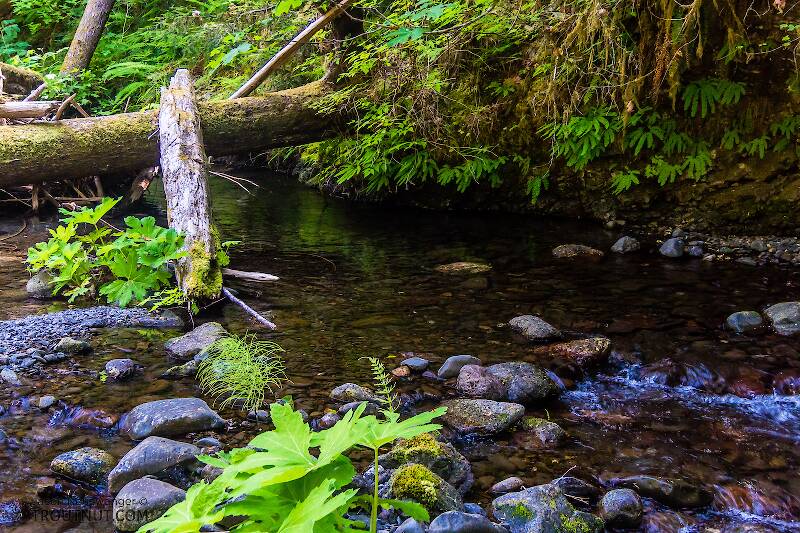
Salmonflies
Pteronarcys californica
The giant Salmonflies of the Western mountains are legendary for their proclivity to elicit consistent dry-fly action and ferocious strikes.

Mayfly Species Hexagenia bilineata (Emergent Mayflies)
Species Range
Physical description
Most physical descriptions on Troutnut are direct or slightly edited quotes from the original scientific sources describing or updating the species, although there may be errors in copying them to this website. Such descriptions aren't always definitive, because species often turn out to be more variable than the original describers observed. In some cases, only a single specimen was described! However, they are useful starting points.
Male Spinner
Wing length: 17-19 mm
A large species; abdomen appears alternately light and dark, longitudinally; outer margin of hind wing dark-bordered; penes characteristic, tips slender, tapering.
Head light reddish brown, frons pale; bases of antennae purplish brown; blackish spot between eye and antenna. Eyes dark grey above; large, separated by space equal to about half of one eye diameter. Pronotum pale yellow laterally, median area tinged with purplish grey; longitudinal stripes wide, purplish brown. Mesothorax and metathorax light red-brown; mesonotum greenish yellow, blackish markings on scutellum; pale yellowish area on pleura between wing roots and bases of legs. Posterior portion of prosternum purplish black. Foreleg long, in some specimens almost equal to body in length; tarsal joints relatively long. Dark purplish brown, tarsus duller and slightly paler than femur and tibia. Middle and hind legs pale red-brown; tibiae tinged with purplish; hind femur often greenish yellow; tarsal joints very narrowly pale greyish at base. Wings hyaline, faintly grey-tinged; costal margin of fore wing tinged with reddish brown, basal costal space largely hyaline. Longitudinal veins deep red-brown, cross veins black. Many cross veins on costal margin and disc of fore wing, and in most of hind wing, rather widely dark-margined; in disc of hind wing, several small dark spots. Outer margin of hind wing rather widely bordered with purplish brown.
Abdominal tergites largely purplish black; posterior margins narrowly whitish; pleural fold and areas adjacent to it, whitish. Rather large linear or triangular pale submedian patches on each tergite, surrounded by dark ground color. Viewed from side, abdomen appears banded longitudinally with alternate light and dark stripes. Sternites largely occupied by purplish brown median triangles, apices of which attain anterior margin. In some specimens, these widen out into a continuous dark median band leaving only crescentic pale lateral areas; in others, triangles are represented by lateral dark boundaries only, median area paler. Ganglionic areas purplish black; pale oblique submedian streaks and central pale dots on each sternite, in dark specimens. Tails deep purplish brown, a very narrow pale ring at base of each joint. Genitalia pale red-brown shaded with purplish grey; distal joints of forceps slender. Penes slender, tapering to a point; directed inward (see fig. 84).
The distinctive penes and the longitudinally banded appearance of abdomen distinguish this from other species.
Start a Discussion of Hexagenia bilineata
References
- Needham, James G., Jay R. Traver, and Yin-Chi Hsu. 1935. The Biology of Mayflies. Comstock Publishing Company, Inc.
Mayfly Species Hexagenia bilineata (Emergent Mayflies)
Species Range
Common Name
Resources
- NatureServe
- Integrated Taxonomic Information System
- Global Biodiversity Information Facility
- Described by Say (1824)


